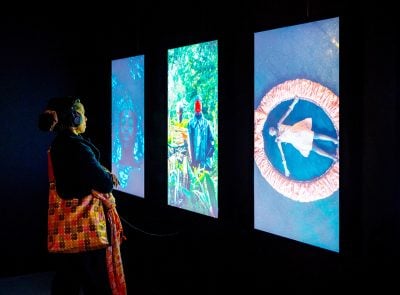South Africa, the continent’s leading wine producer, has been Tanzania’s Big Brother and helped develop its grape-growing and wine-producing sector. But as Tanzania’s wines come into their own, will South Africa continue to nurture its SADC partner or will it spell the end of the sibling relationship? Aamera Jiwaji reports.
A short distance outside Tanzania’s capital city are 150 hectares of land filled with clusters of red and white grapes that produce Dodoma wines. The brand takes its name from the city and the municipality in which the grapes are grown, and in 2013 it was ranked among Africa’s top five, challenging South Africa’s 350 years of dominance of the region’s wine business.
But Tanzania’s arrival on the international wine scene has been a long while coming. Grapevines were first introduced to the central zone in 1938 by missionaries from the Hombolo Catholic Mission, who, after independence assisted in setting up production in Dodoma.
The four-acre grape farm at Dodoma’s Isanga Prison was the first government institution to invest in wine; in 1969 it built a winery plant and achieved international recognition by becoming Tanzania’s sole buyer of grapes for wine processing.
In 2013 Tanzania’s Dodoma wine was ranked among Africa’s top five, challenging South Africa’s 350 years of dominance of the region’s wine business
Local investors slowly began to consider the sector’s potential and in 1979, the government established the Dodoma Wine Company, which bought grapes from farmers, established a research centre to determine appropriate types of grapes for wines and encouraged more farmers to start grape farming.
Attracted by high returns, Tanzania’s Former Cabinet Minister and retired diplomat, Job Lusinde, also tried to set up the Tanwine company. The venture did not take off but it encouraged others to critically examine the sector, including Makutupora Grapevine Research Centre and Bihawana Winery.
Today, three main companies inhabit the country’s wine sector: market leader Tanzania Distilleries, Dodoma Wines and Cetawico Tanganyika Vineyards, which produce variants of dry white, red and natural sweet wine including the brands Dodoma, Imagi, Overmeer, Presidential, Altar Wine and Sharye.
Dodoma continues to be the country’s most important with an annual production of 1,000 tons, according to a 2011 study by VinIntell, with a positive outlook for continued growth and export opportunities. In the 15 years between 1998 and 2013, the export of Tanzania’s grape wine increased from 176 kilos ($715) to 151,221 kilos ($26,238), according to data from the United Nations.
And as a grape-growing region, Dodoma is distinguished on two levels. It has two harvests in a year – one in March, and the second in August/ September – and its dry earth, sandy soil and low humidity are said to be perfectly suited to producing dry white and red wines.
International interest
While the start of grape farming in Tanzania may be attributed to the missionaries, international investors helped to revive the sector. In 2002, an Italian engineer started what is today the Central Tanzania Wine Company (Cetawico) in Dodoma’s Hombolo region. It produces the Sharye red wine brand. But it was the long-term investment and interest from Africa’s largest wine producer that has given impetus to the struggling Tanzanian industry.
In 1999, South Africa’s Distell Group acquired a 10% shareholding in Tanzania Distilleries (TDL), which it increased to 35% by 2001. The investment saw the South African group build capacity in Tanzania’s marginalised rural areas, and conduct training on viticulture and lowtech vineyard management.
In 2009, TDL imported vines from South Africa to jump-start the local industry and meet the wine needs of the country’s middle class. With these, it began to produce what are now the world-famous Dodoma, Imagi and Overmeer wines.
Want to continue reading? Subscribe today.
You've read all your free articles for this month! Subscribe now to enjoy full access to our content.
Digital Monthly
£8.00 / month
Receive full unlimited access to our articles, opinions, podcasts and more.
Digital Yearly
£70.00 / year
Our best value offer - save £26 and gain access to all of our digital content for an entire year!
 Sign in with Google
Sign in with Google 


